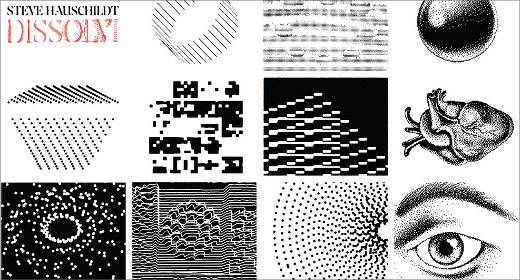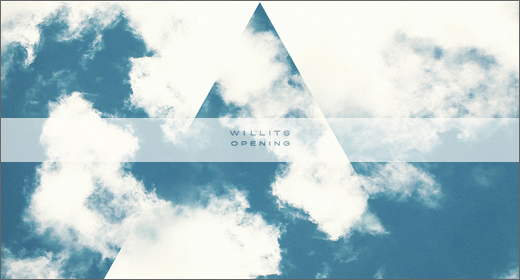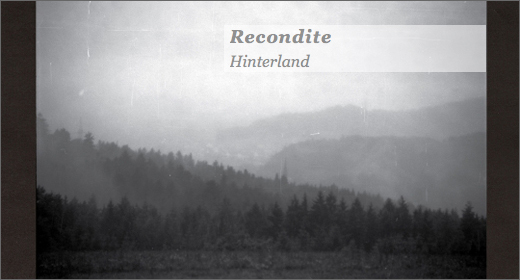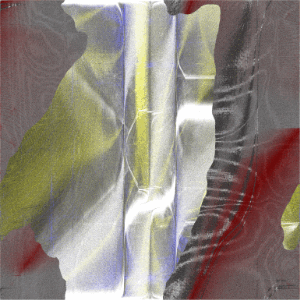The album is sonically gorgeous, but also very coherent and tight—clocking at under forty minutes with never a moment spent in self-indulgence. Kaitlyn Aurelia Smith continues to be one of the most exciting contemporary electronic composers, and this will no doubt be featured in many end-of-year lists.

Turning the process of music from composition tool to a thematic and artistic statement
In these strange, frightening times when a lot of us have to compose with the inevitability of our confined bodies, while some of us have to deal with the dangers of being a body in contact with other beings, Kaitlyn Aurelia Smith‘s new album sounds like a truce. The opening of a dialogue within, which spirals out through speakers.
This dialogue is heard throughout the album as sounds of all varieties interact with each other. Voices meet, curious about each other, often blend and then come out of the experience changed. Already on the album cover we see Smith in a fold, facing herself, while this double vision is reflected in the lower half. This seems like a good embodiment of the way the album moves—between orchestral sounds, electronic pulsations and arpeggios, treated voice, reeds and percussions. Kaitlyn blurs limits between these, not only through very careful sound design but also her signature expansive arrangements, which are on full display on this record. The most striking track on the record regarding these traits would of course be “Expanding Electricity,” the ten-minute closer, a superb suite where movement is the meditation. But a track like “The Steady Heart” also sheds light on the elements at play here—the way electricity (since modular synthesisers are all about voltage) can shape and be shaped, and how regularity and steadiness is also a process involving energy. In that regard it is not surprising to see track titles both referring to a flow (“Overflowing,” “Deepening The Flow Of”) while others refer to something more rooted or static, like “Carrying Gravity” or “The Spine Is Quiet In The Centre.” The latter is one of the most interesting pieces on the record, underpinned by an airy yet grounded pad and featuring some beautiful brasse sounds.
As an artist working primarily with modular synthesisers—or at least whose name is primarily associated with these machines—Smith’s music has always been very process-based. But on The Mosaic of Transformation, the composer turns the process of music from composition tool to a thematic and artistic statement. The album is sonically gorgeous, but also very coherent and tight—clocking at under forty minutes with never a moment spent in self-indulgence. Kaitlyn Aurelia Smith continues to be one of the most exciting contemporary electronic composers, and this will no doubt be featured in many end-of-year lists.
The Mosaic of Transformation is available on Ghostly International on May 15, 2020. [Bandcamp page]
























![Luke’s Anger :: Ceiling Walker EP (Love Love) — [concise]](https://igloomag.com/wp/wp-content/uploads/2025/04/lukes-anger-ceiling-walker-vinyl_feat-75x75.jpg)


